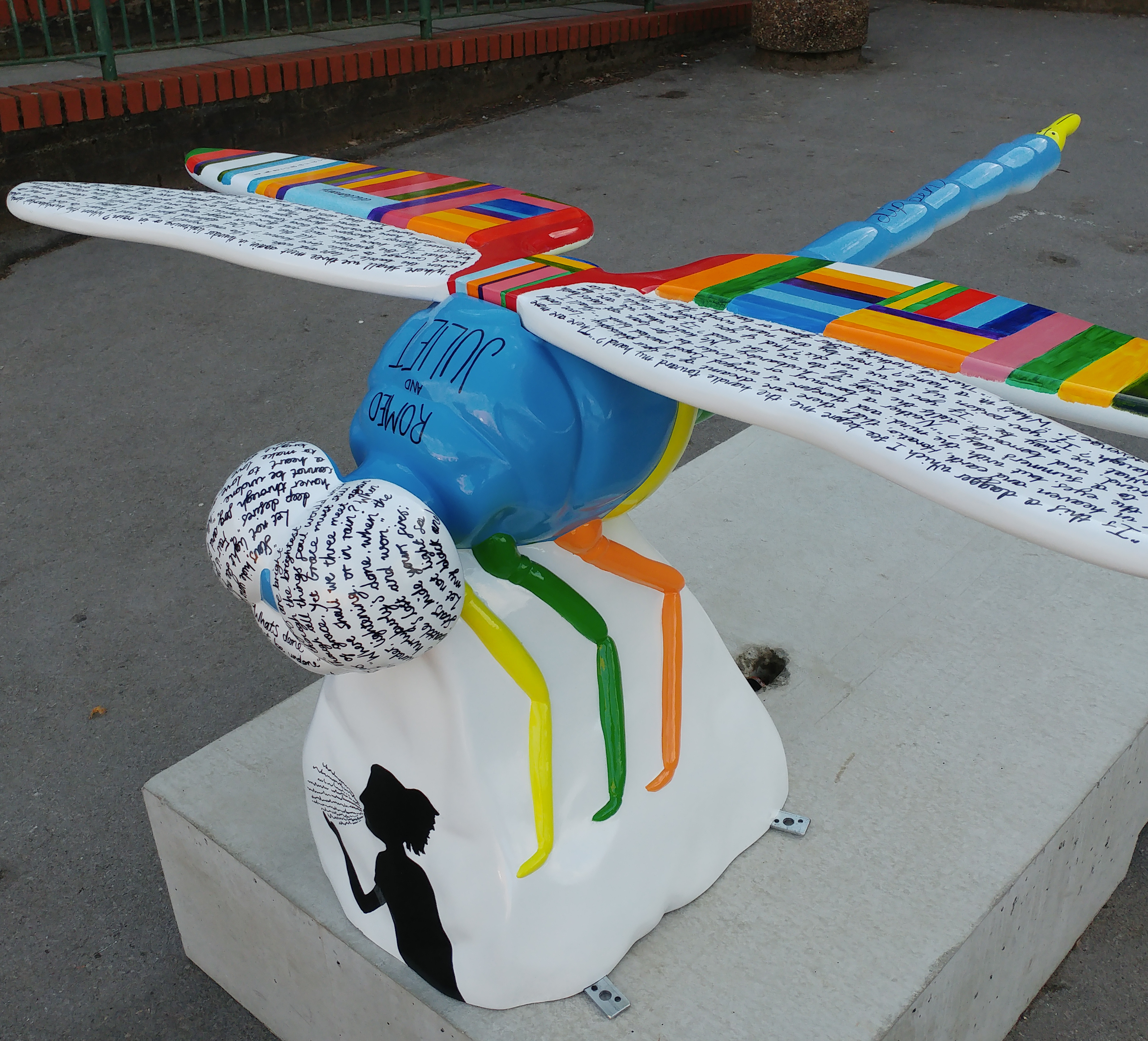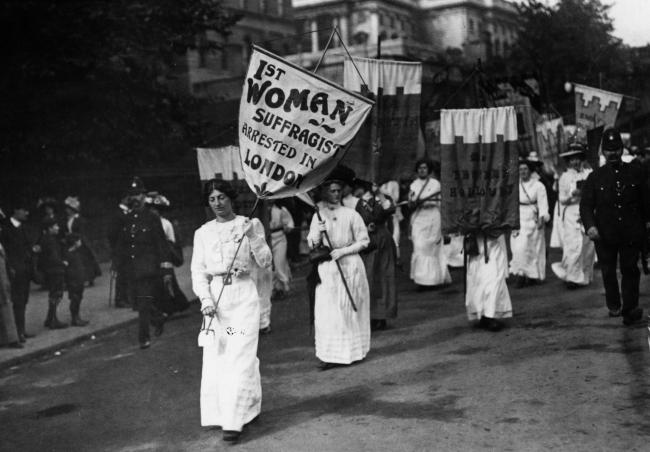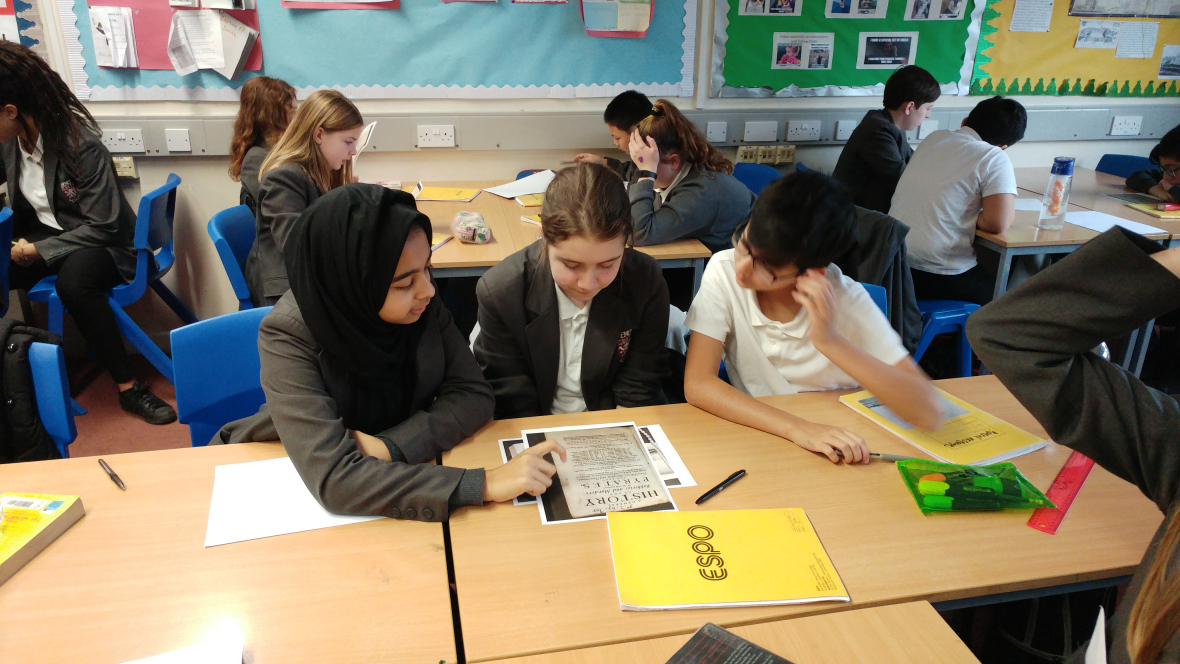Future Season at the Rumble Museum: July 2019 - April 2020
 We are delighted to announce that from July 2019 to April 2020 the Rumble Museum is running a Future Season.
We are delighted to announce that from July 2019 to April 2020 the Rumble Museum is running a Future Season.
This season is an exploration of objects and ideas about the future of society, from ancient predictions and perspectives, science fiction stories, novels, essays and art, climate change and environmental impact, school, town and city planning, to the latest robotics and artificial intelligence.
There will also be a range of competitions and projects, including our Robot Plinth Art Project, our Young Person's Science Fiction competition, Cities of the Future and Robotics projects, all culminating in our Festival of the Future on March 25th, 2020.
You can follow Future Season events on our Future Season Blog.
We look forward to seeing you at a Future Season event soon!
 From September 2020, we are opening the Robin Hood cafe, based in St Alban's Hall on Charles Street.It will open to the public every Saturday from 2 until 6pm, and serve hot and cold drinks, and snacks.
From September 2020, we are opening the Robin Hood cafe, based in St Alban's Hall on Charles Street.It will open to the public every Saturday from 2 until 6pm, and serve hot and cold drinks, and snacks.




 This year, The Rumble Museum at Cheney is running a variety of projects, exhibitions, talks and workshops to explore the story of Women’s Suffrage in the UK and beyond.
This year, The Rumble Museum at Cheney is running a variety of projects, exhibitions, talks and workshops to explore the story of Women’s Suffrage in the UK and beyond. This week, we were delighted that Rosie Sharkey, Outreach Officer from the Bodleian Library, visited some Year Eight History students to deliver the first session of a wider project involving the Library's forthcoming "From Sappho to Suffrage: Women Who Dared" Exhibition.
This week, we were delighted that Rosie Sharkey, Outreach Officer from the Bodleian Library, visited some Year Eight History students to deliver the first session of a wider project involving the Library's forthcoming "From Sappho to Suffrage: Women Who Dared" Exhibition. We are delighted to be launching a new project, the Living Museum, which enables students to explore, introduce and display objects from their own lives at the Rumble Museum.
We are delighted to be launching a new project, the Living Museum, which enables students to explore, introduce and display objects from their own lives at the Rumble Museum.



